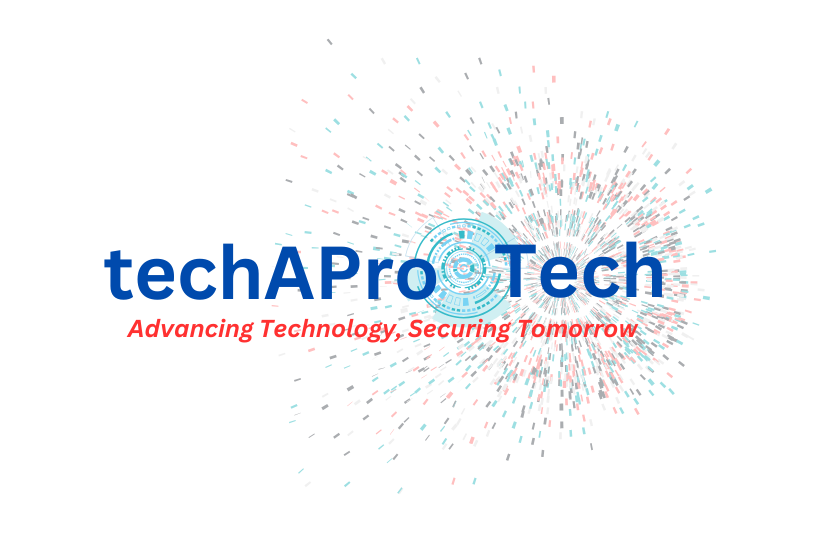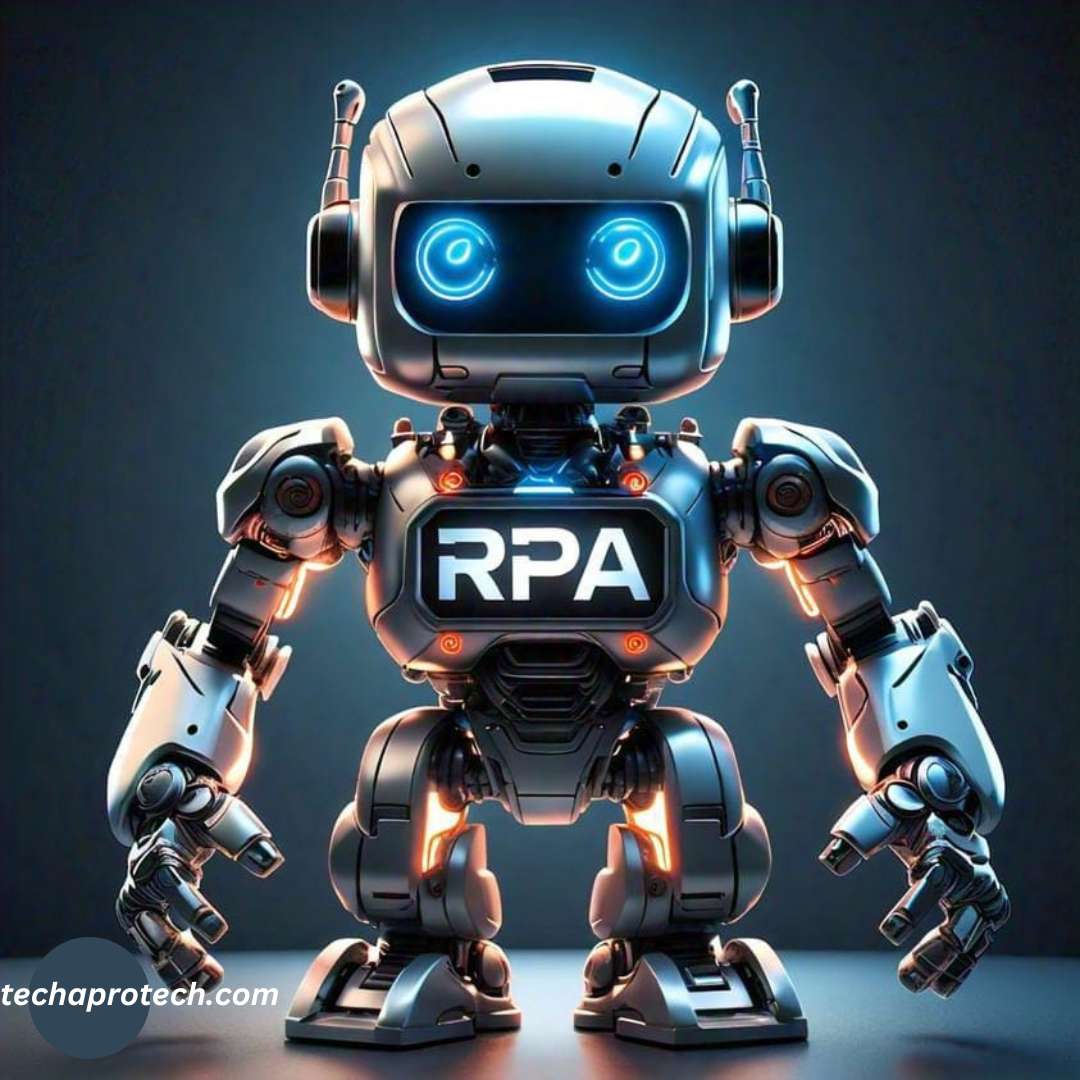Robotic process automation (RPA) is another well-known trend. It has been actively discussed in recent years. This brings an opportunity to automate process workflows, minimize human error rates, and reduce organization’s costs. However, as emerging technologies such as artificial intelligence (AI), machine learning (ML), blockchain, and the Internet of Things (IoT) continue to evolve, the question arises: where does this rapidly advancing landscape leave RPA?
As with most technologies, RPA is now at the epicenter of most companies’ digital transformation narratives. It is mostly finds its sweet spot in combining with other technologies. In today’s article, let’s look at what RPA is and how it fits and interacts with other fresh technologies to revolutionize industries and achieve optimal results.
Understanding RPA: The Basics
However, this understanding cannot occur without having a clear understanding of RPA’s role in business first, or what it does at its basis. RPA simply stands for robot process automation. Through application of software ‘bots’, similar to human activities, repetitive work like data entry, invoice processing and generation of reports can be performed. These bots operate within the different applications and processes, fulfilling set operations with much accuracy and efficiency.
RPA is criticized for being robotic in its approach, but its purpose is different. It helps humans by performing monotonous tasks. This makes it an ideal solution for industries that heavily rely on manual. It is time consuming tasks as is the case with the financial industry, the health industry and the customer service industry.
Robotic Process Automation and Artificial Intelligence (AI)
While AI and RPA terms are frequently use interchangeably, they are not the same thing by any means. RPA operates and works on repetitive and predictable cases while AI works on cases that demand logical decision making, learning, and adaptation. Using other forms of AI including the NLP and the ML exposed to the unstructured data. It can forecast and recommend the most viable solution.
The merge of RPA and AI brings about intelligent processes or what is often known as cognitive Robotic Process Automation. This makes it possible for organizations to automate consistent processes. They are beyond just simple routine tasks, by combining both AI and HAI. For instance, where traditional Robotic Process Automation can perform the extraction of invoice data, an AI system present has the immediate ability to sort the data, learn patterns, and even decide the order of payments to be made.
With such, RPA and AI work hand in hand. Robotic Process Automation establishes the path for implementing efficient process automations. AI enhances them, making it possible to have lean process automation for business processes.

RPA and Machine Learning (ML)
Although AI is the umbrella term under which ML operates. It is crucial to look at the precise role of ML under RPA. Machine learning is about using sets of rules called algorithms that can learn, adapt and make its own predictions. This means that when combined with RPA, ML can improve bots’ ability to deal with tasks characterized by greater variability.
For example, RPA bots are Usually fully automatic software applications following the program set rules when performing processing task. However, in a machine learning environment these bots can be trained to learn when the data inputs change or when there is a shift in the data pattern. They do not need constant updates to the rule base. For instance, in customer service, when an organization is implementing an RPA bot, the learning algorithms incorporated in the bot can gain from past conversation with customers. Thereafter forecast which solutions or responses will be most appropriate for specific questions.
This puts RPA systems in a better position to attend to processes that are not well define. It may change in future.
Robotic Process Automation and Blockchain
Dispersed ledger whose capacity to record securely transactions is one of the most popular features of the blockchain technology. It is most useful in industries that depend on the credence factor. It includes security, finance, medical, or supplies and inventory.
Blockchain when incorporated with Robotic Process Automation can automate processes that entail the exchange of secure data. It includes the process of contracting, review and auditing to compliance. For instance, RPA can launch specific blockchain based smart contracts whenever specific conditions are meet depending on firm’s suitability. They are keeping records of transactions safely and efficiently.
When integrating RPA with blockchain, organizations are able to design a highly secure and efficient processes. They are free from third-party intercessions, free from fraud and comply with the regulation of industries.
RPA and the Internet of Things It
Internet of Things or IoT is the sum total of connected objects which are able to interconnect in a real time basis. It also exchange information with each other. From smart homes to connected faculties, IoT devices create huge data. It may utilized to enhance operations, permanently. This increase the efficiency and accuracy of decision making.
Therefore, RPA occupies a place in the IoT environment as an artificial intelligence responsible for processing and analyzing data ‘collected’ by IoT devices and for prescriptively performing all the relevant actions accordingly. For instance, in a manufacturing context, the IoT sensors are capable of identifying the abnormality of a manufacturing machine or equipment and the RPA bots can launch a request for its maintenance or update of logs or for ordering of spares.
When combined with IoT, RPA allows businesses to develop nearly fully autonomous systems for their businesses. It can reduce cycle times by cutting the need for human interaction.

RPA’s Place in the Emerging Technologies Space
The value proposition of RPA is already sturdy on its own. It is when integrate with other technologies such as AI, ML, blockchain, and IoT, it leaps to an improve level. These technologies, although disparate at this point in time, will become integrated even more as organizations press on with the digital transformation agenda thus leading to advanced, intelligent automated environments.
The probable future of RPA will be more advanced form of automation since it continues to advance and interface with the AI and others. New trends for learning are longer the automation of tasks through robots, but the robots that are intelligent and capable of making decisions on the basis of real-time data and real-time analytics.
Conclusion
There is an important role for RPA as part of the larger set of new generation technologies. Unlike traditional automation tools, it’s most effective at handling bureaucratic, highly standardized work, while further enhanced by connecting with AI, ML, blockchain, and IoT to make even smarter processes. These technologies will continue to advance and integrate as a system and organizations will continue to streamline more detailed and extensive methods in operation and dissemination along with contributing to innovations that may have previously been considered impossible.

